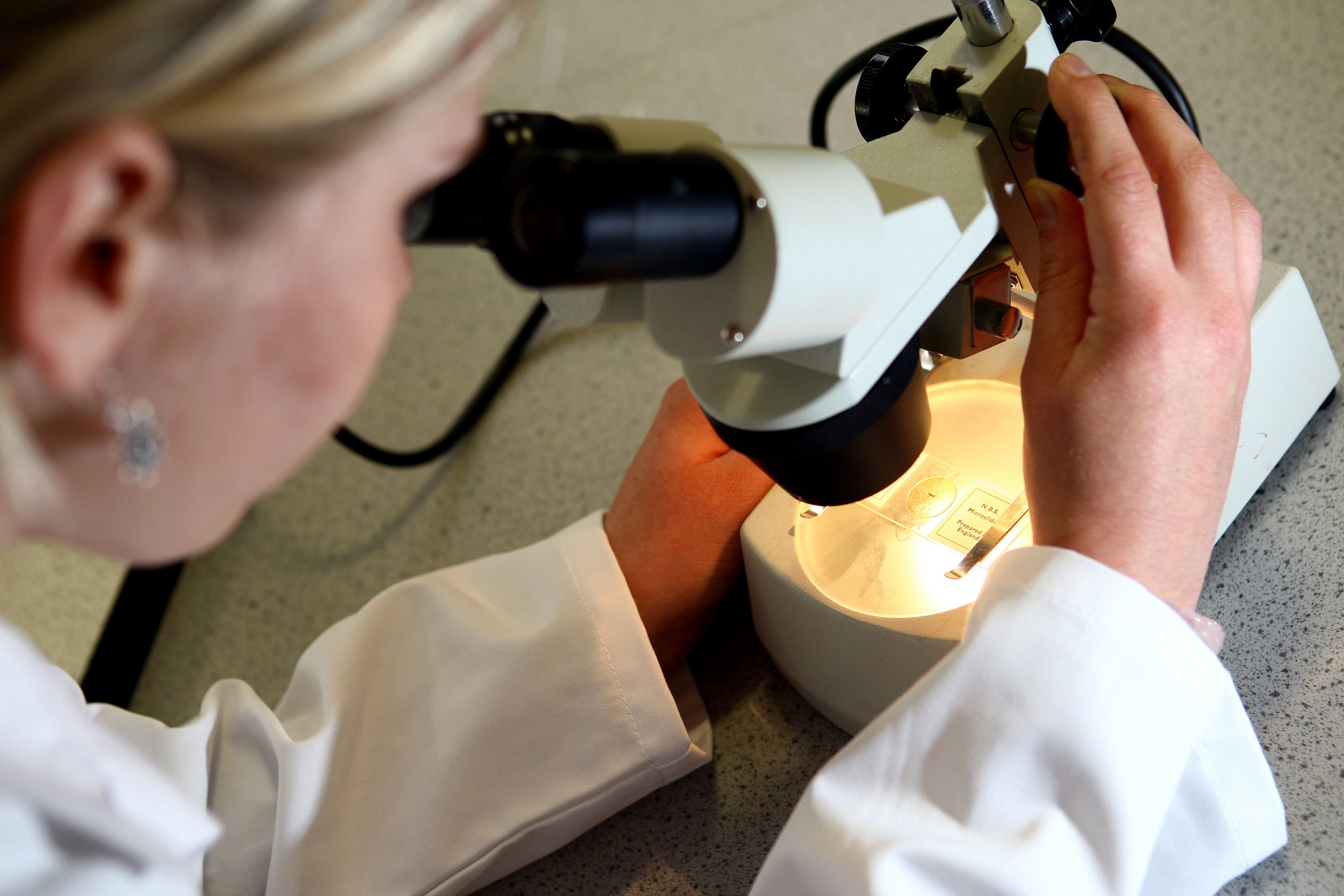
Game-changing Home Cervical Cancer Tests: A New Approach to Screening
A series of recent studies have shown promising results for the use of do-it-yourself (DIY) home cervical cancer tests, which could potentially lead to increased screening coverage and earlier detection of the disease.
According to research conducted by King's College London, self-sampling has been hailed as a game-changer for cervical screening. The trial provided self-sampling kits to women who were at least six months overdue for their cervical screening and found that 400,000 more women could undergo screening each year if the test is rolled out.
The benefits of DIY home cervical cancer tests extend beyond just increasing coverage. The trial also showed that nearly two-thirds (64%) of those who returned a sample were from ethnic minority groups and 60% were from deprived populations. This could help bridge the gap in screening uptake for historically underserved groups.
The new tests work by detecting human papillomavirus (HPV), a group of viruses which cause no symptoms but can lead to cervical cancer. The YouScreen trial, run by King's College London, found that self-sampling offers choice and convenience and can help protect more people from cervical cancer.
The NHS is currently assessing the rollout of these DIY tests in England. If implemented, it could increase screening coverage from 69.9% to 77.3%. This is particularly important given that cervical cancer screening rates have dropped in recent years due to disruption caused by the Covid pandemic.
The convenience and ease of use of DIY home cervical cancer tests could also help address some of the barriers to screening, such as embarrassment or inconvenient appointments. This is especially important for younger women who may be less likely to attend regular screenings due to these factors.
It's important to note that while these tests offer many benefits, they are not a replacement for professional medical advice and should only be used in conjunction with regular check-ups. It's also crucial that any new testing methods are thoroughly evaluated for accuracy and safety before being rolled out on a large scale.
In conclusion, DIY home cervical cancer tests offer a promising new approach to screening that could help increase coverage, improve accessibility, and address some of the barriers to regular check-ups. However, it's important that any new testing methods are thoroughly evaluated for accuracy and safety before being implemented on a large scale.




